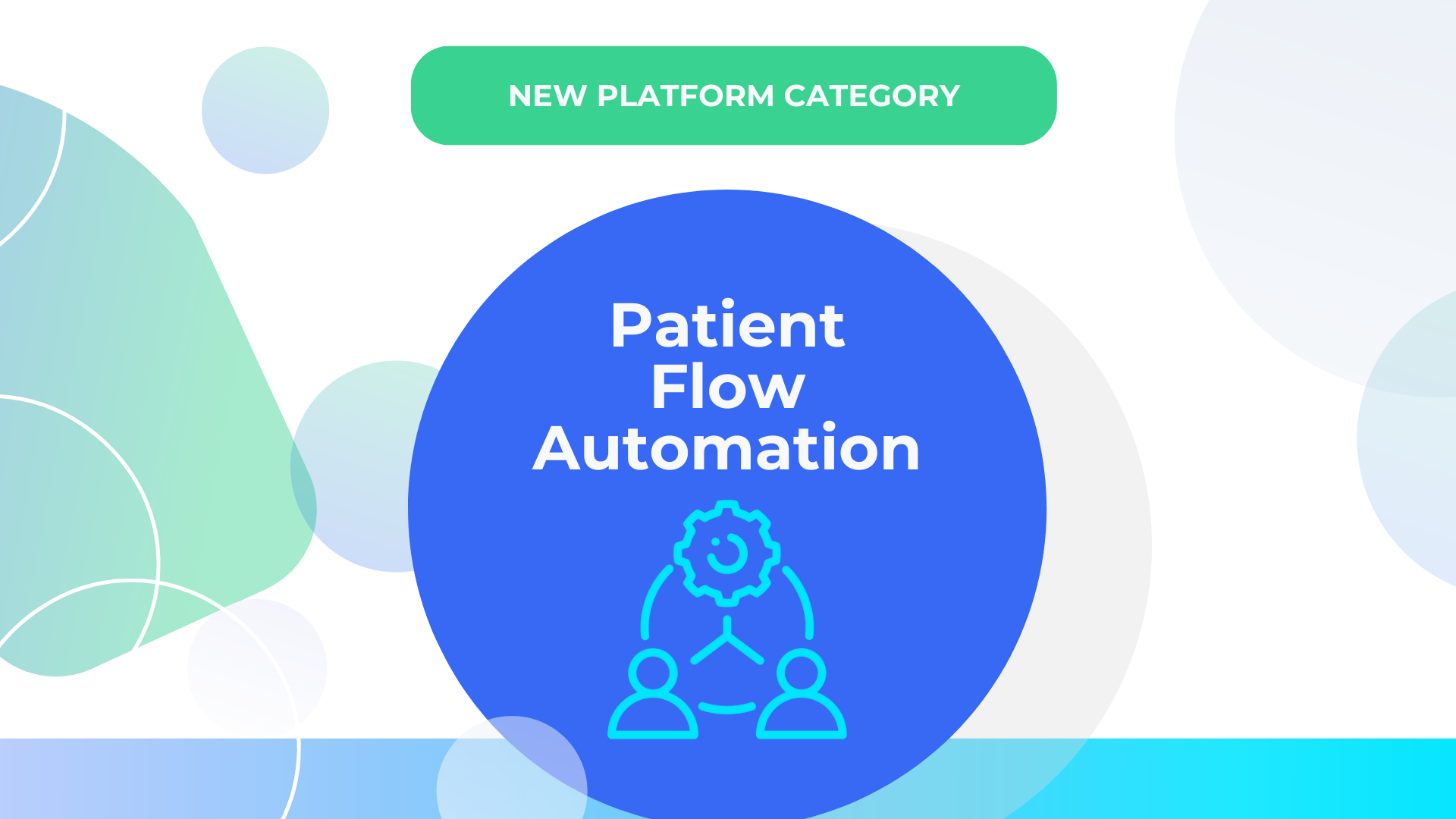What is patient flow automation and how does it impact healthcare?
Patient Flow Automation is software tasked with the strategic process of managing a hospital’s or healthcare facility’s resources to meet patient care needs efficiently and effectively in an acute setting. This includes scheduling, admission, treatment, and discharge. The process involves balancing and optimizing various elements such as staff, beds, equipment, and facilities to ensure the right resources are available at the right time to deliver high-quality patient care. The goal is to enhance the efficiency of healthcare services, reduce patient wait times, improve the patient experience, and maximize the utilization of healthcare resources.
Patient flow automation integrates with electronic health record (EHR) systems, communication platforms, and other healthcare IT systems to facilitate seamless information exchange and real-time collaboration among care teams. It enables healthcare professionals to access patient data, track progress, and communicate efficiently, thereby improving care coordination and decision-making. Ultimately, patient flow automation aims to enhance the quality-of-care delivery, improve patient outcomes, and drive operational excellence across the healthcare continuum.
How do patient flow automation products impact hospitals and health systems?
Patient flow automation solutions offer hospitals and health systems two main types of benefits: enhancing patient care and efficiency and improved decision-making and organizational effectiveness.
By optimally assigning patients to facilities tailored to their specific service needs and resource requirements, patient flow automation software directly contributes to increased capacity and profitability. Coupled with predictive analytics, this strategic approach aids in efficiently managing patient flow to prevent overcrowding, resulting in improved bed turnover rates and reduced patient wait times. Consequently, this optimization not only elevates the quality of care but also maximizes revenue potential by allowing healthcare facilities to serve more patients effectively, thereby enhancing their financial performance.
Additionally, by providing frontline staff with actionable, decentralized information directly, the software enables quick and effective decision-making. This approach helps to overcome the limitations of top-down, centralized decision-making systems. Additionally, the software’s capabilities in prioritizing patient needs based on a comprehensive evaluation of various health determinants contribute to optimizing hospital operations and improving patient outcomes.
In the short term, hospitals and health systems can experience tangible improvements in efficiency, patient experience, and staff satisfaction by implementing patient flow automation solutions. With the ability to handle the complexities of modern healthcare environments, these solutions are essential investments for institutions seeking to optimize their operations and deliver high-quality care in a timely manner.
